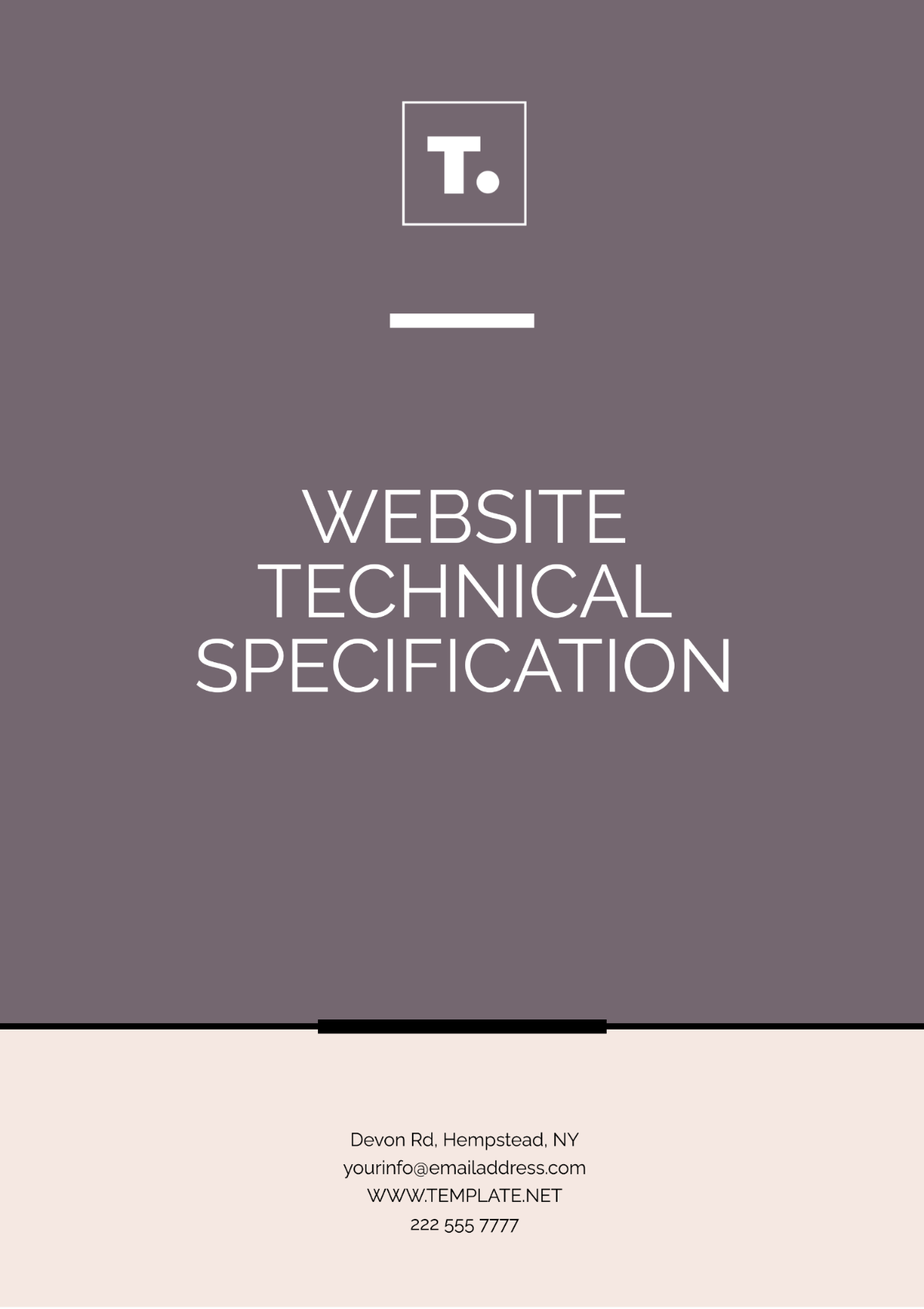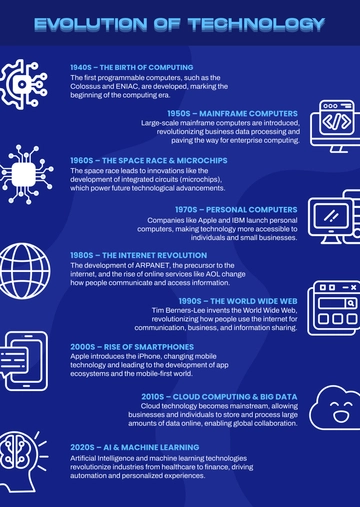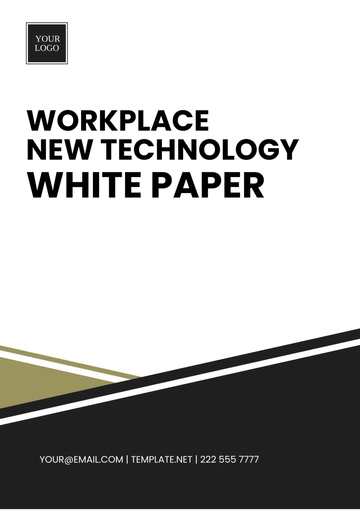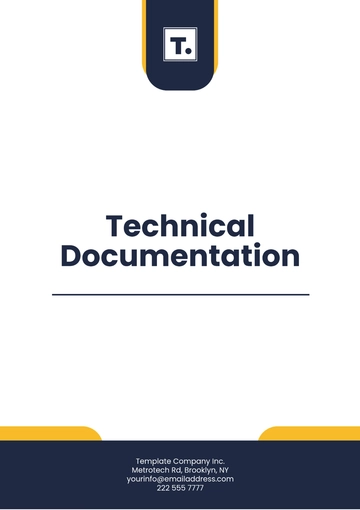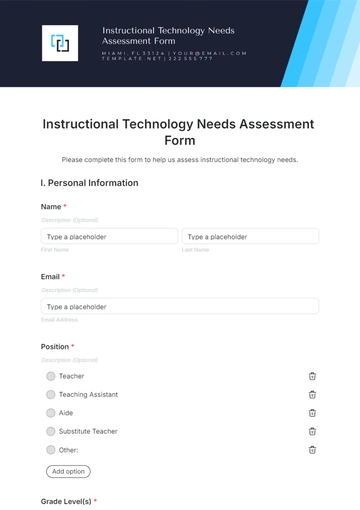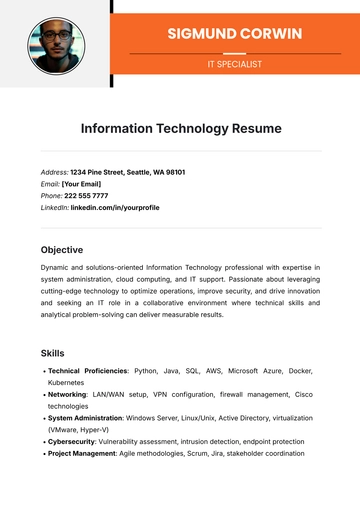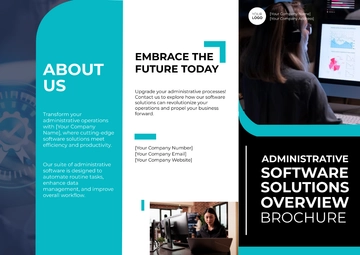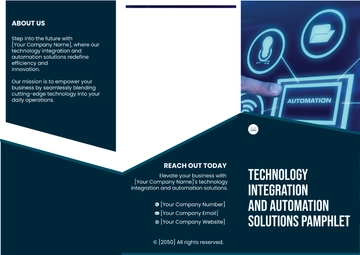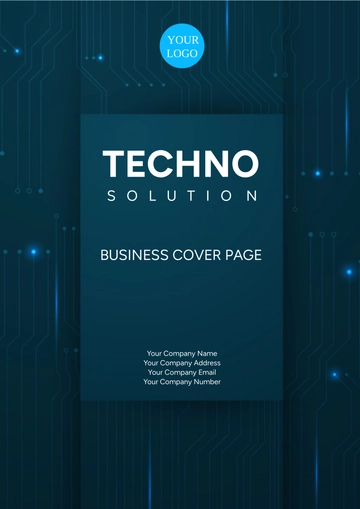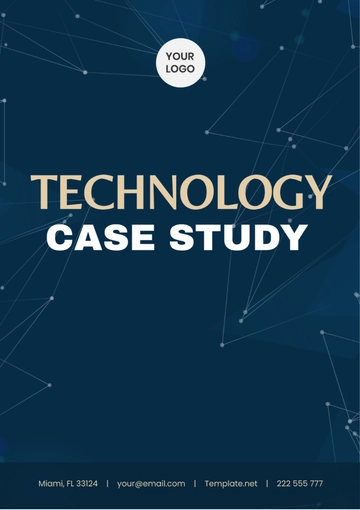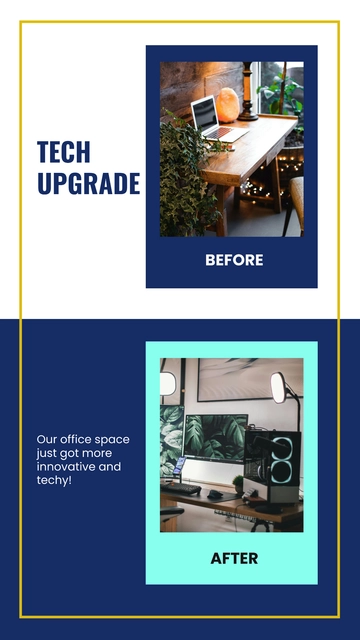Website Technical Specification
This document outlines the technical specifications required for the development and deployment of the [YOUR COMPANY NAME] website. It covers all critical aspects to ensure the website meets performance, security, and usability standards.
1. Overview
The [YOUR COMPANY NAME] website is intended to be a responsive, user-friendly platform aimed at delivering an excellent user experience across multiple devices. The website will support the company’s branding, offer essential information, and include interactive features to engage users. The website will be developed using modern web technologies and must be scalable for future growth.
2. Objectives
3. Website Structure
3.1 Information Architecture
Homepage: Central hub containing navigation to key sections, a summary of services, and calls to action.
About Us: Company overview, mission statement, team members, and history.
Services/Products: Detailed descriptions of services/products offered.
Contact: Contact form, company address, email, and social media links.
Blog/News: Regular updates and articles.
FAQ: Frequently asked questions section.
Terms and Privacy Policy: Legal disclaimers and data protection information.
4. Technology Stack
4.1 Frontend Technologies
HTML5, CSS3, JavaScript (ES6) for website structure, style, and interactivity.
4.2 Backend Technologies
5. Performance Requirements
5.1 Loading Speed
5.2 Mobile Responsiveness
6. Security
6.1 SSL Certification
6.2 User Authentication and Roles
Admin Area: Protected with two-factor authentication (2FA) to limit unauthorized access.
Role-Based Access Control: Different levels of access for administrators, content editors, and users.
6.3 Data Protection
7. SEO and Analytics
7.1 On-Page SEO
Meta Tags: Proper use of title tags, meta descriptions, and keyword optimization.
Sitemap and Robots.txt: Include an XML sitemap and a well-structured robots.txt file for search engine indexing.
7.2 Off-Page SEO
7.3 Analytics and Tracking
Google Analytics 4 (GA4): To track visitor behaviors, bounce rates, and conversion rates.
Search Console Integration: For monitoring website performance on Google search.
8. CMS (Content Management System)
8.1 CMS Selection
WordPress or Custom CMS: Based on requirements, a flexible CMS platform will be chosen.
User Roles and Permissions: Define roles for content creators, editors, and administrators.
WYSIWYG Editor: Ensure an easy-to-use "What You See Is What You Get" editor for content updates.
8.2 Plugins and Extensions
SEO Plugins: To assist with on-page SEO optimization.
Security Plugins: To protect against malware, brute force attacks, and unauthorized logins.
Backup Plugins: Automatic backups to prevent data loss.
9. Testing and Quality Assurance
9.1 Functional Testing
Browser Compatibility: Test across all major browsers (Chrome, Firefox, Safari, Edge) to ensure consistent functionality.
9.2 Performance Testing
9.3 Security Testing
10. Maintenance and Support
10.1 Ongoing Maintenance
10.2 Support
11. Hosting and Deployment
11.1 Hosting Requirements
11.2 Deployment Strategy
12. Compliance and Legal
12.1 Privacy Policy and Terms
12.2 Legal Considerations
13. Conclusion
The [YOUR COMPANY NAME] website technical specification outlines the essential elements required for development. It serves as a guiding document to ensure that the website is built to meet the highest standards of performance, security, and usability. The project team will use this document to ensure that all aspects are completed within the expected timeline and specifications.
Technical Specification Templates @ Template.net
